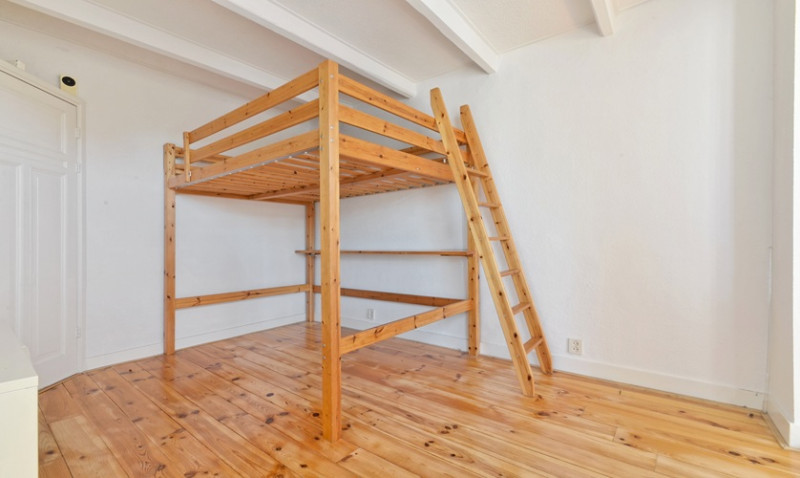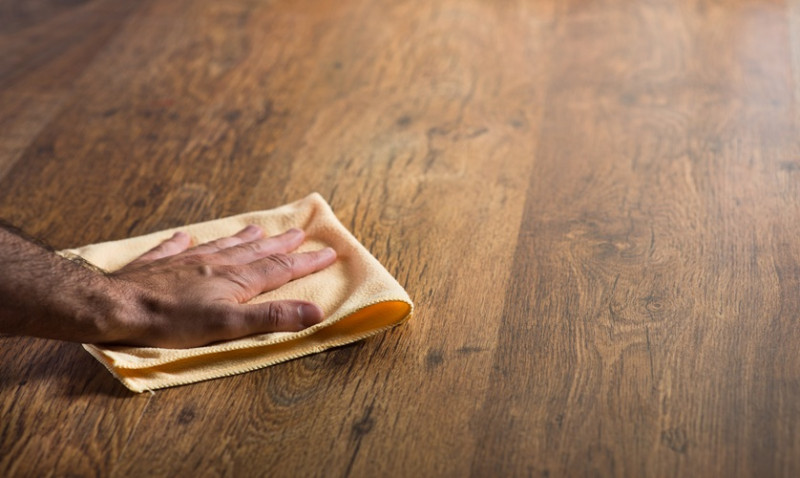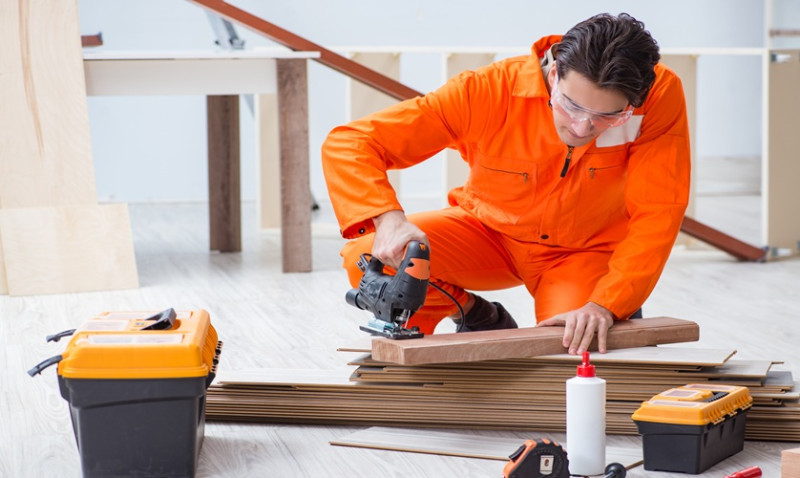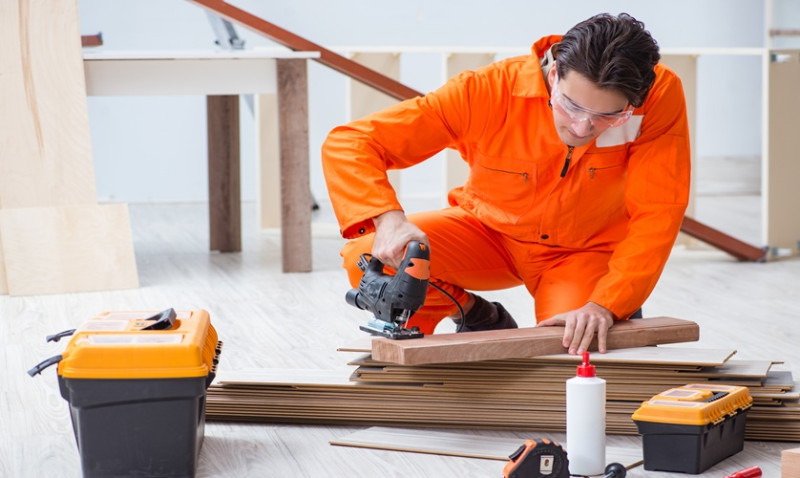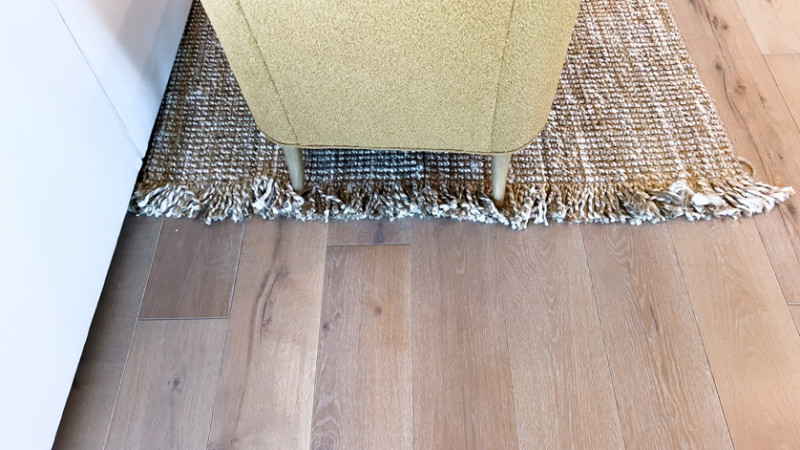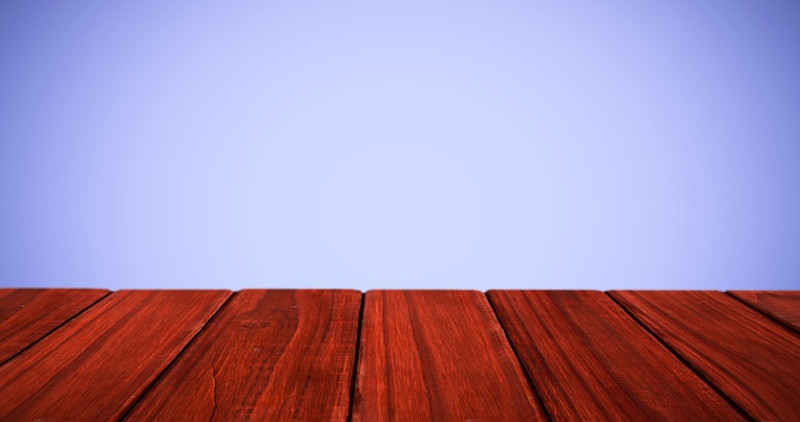
If you're a proud pet owner, you know accidents can happen—especially on your beautiful hardwood floors. Whether you’re dealing with a new puppy, an elderly pet, or simply an unnoticed incident, urine stains on wood can be both unsightly and damaging if not addressed promptly and properly.
This comprehensive guide will walk you through how to effectively remove pet urine stains from hardwood, restore the beauty of your flooring, and prevent future mishaps. Perfect for DIY enthusiasts, interior design professionals, and tradespeople across the UK, these tips will help preserve the value and appearance of hardwood surfaces in any home or project.
Why Pet Urine is a Problem for Hardwood Floors
Unlike tile or vinyl, hardwood is a porous material—which means it can absorb liquids and odours more easily. When urine seeps into the wood grain, it not only causes unsightly stains but can also lead to long-term odour issues, discolouration and even structural damage if left untreated.
Pet urine contains ammonia and uric acid, which are corrosive. These substances can damage the finish of the wood and penetrate deep beneath the surface. Over time, even with regular cleaning, the urine smell may linger unless treated effectively.
Moisture from urine can also cause the wood to swell or warp, especially if the home has underfloor heating or if the accident is left unattended for hours or days. Depending on the severity, this could lead to permanent flooring damage and expensive repair or replacement.
Understanding why pet urine is particularly harmful to hardwood is essential when selecting the right method and cleaning product to tackle the issue.
First Response: Act Quickly
Timing matters. If you spot the accident while it's still fresh, it's possible to minimise the damage significantly. The first priority is to blot and absorb as much of the liquid as possible before it has time to sink in.
Start by laying down paper towels or a clean absorbent cloth over the urine spot. Press gently or step on it with your foot to draw the moisture out of the wood. Avoid rubbing, which can spread the liquid and drive it deeper into the grain.
Dispose of the used materials properly and repeat with fresh towels if necessary until the area is dry to the touch. Be thorough, as even a small amount of remaining moisture can continue to harm the wood finish.
Once the liquid is absorbed, it's time to neutralise any residual acid and odour to prevent long-term damage.
DIY Cleaning Solutions That Work
There are several effective household and commercial products that can tackle urine stains without damaging hardwood flooring. Here are a few safe and proven methods:
Vinegar Solution
Mix one cup of distilled white vinegar with one cup of warm water and a few drops of dishwashing liquid. Apply it sparingly to the affected area using a soft cloth or sponge. Allow it to sit for a few minutes, then wipe clean with a damp cloth and dry thoroughly.
Bicarbonate of Soda for Odour Neutralisation
After cleaning, sprinkle bicarbonate of soda (baking soda) over the area to neutralise lingering odours. Leave it overnight if possible and vacuum it up the next day using a soft brush attachment. Baking soda is particularly good at absorbing pet smells naturally.
Hydrogen Peroxide Paste for Deep Stains
For older or set-in stains, mix hydrogen peroxide (3%) with bicarbonate of soda to form a thick paste. Apply the paste directly onto the stain, cover with cling film, and let it sit for several hours or overnight. Remove the film, wipe the paste away with a damp cloth, and dry thoroughly. Repeat if necessary.
Note: Always test any solution on a small, inconspicuous patch first to ensure it doesn’t affect the wood finish or colour.
Commercial Hardwood Cleaners and Enzyme Products
For persistent stains or if you're dealing with multiple accidents, consider using a professionally-formulated product. Enzyme-based cleaners are specifically designed to break down the proteins in urine, effectively eliminating both stains and odours.
Look for products labelled as "safe for hardwood floors" and ideally UK-certified. Brands such as Simple Solution, Nature’s Miracle, and Bissell offer enzyme cleaners that are safe for pets and effective on wood surfaces.
Apply the product as per the instructions. For deeper stains, multiple applications might be required. Ensure the room is well-ventilated during treatment and keep pets away from the area until it's completely dry.
Many professional tradespeople and cleaning experts in the UK also recommend steam cleaning systems with special hardwood attachments for deep sanitation—though caution should be taken to control moisture levels on delicate flooring.
How to Handle Stains that Have Darkened the Wood
If the stain has been present for a long time and has caused the wood to darken, it might be necessary to use a more intensive approach such as sanding and refinishing the affected area.
Start by lightly sanding the stained area using a fine-grit sandpaper (such as 180 or 220 grit). Be careful to sand evenly and avoid removing more than necessary. Once the dark area fades, clean the dust and apply a wood stain or finish that matches the surrounding floor.
This process can help restore the aesthetic of your floor without the need for full replacement. However, if the urine has penetrated too deeply, replacement of individual boards might be the best option—a task that an experienced floor fitter or joiner can handle.
For large areas, or homes with multiple accidents, professional sanding and refinishing might be the most efficient solution to restore flooring to its original condition.
Preventing Future Accidents
Prevention is always better than cure—especially when it comes to valuable hardwood floors. Training pets properly, ensuring regular outdoor access, or installing pet doors can significantly reduce indoor accidents.
Use indoor puppy pads or litter trays for pets that are still being housebroken, and make sure your pet has access to them at all times. Clean spills or messes promptly and avoid punishments that may stress pets out and trigger more accidents.
You can also apply protective finishes or sealants to your hardwood floors to create a more water- and stain-resistant surface. Some modern finishes even include antimicrobial or pet-resistant properties that shield against odours and bacteria.
For high-risk areas, such as near pet beds or feeding zones, consider using decorative rugs with waterproof backings. Just make sure to regularly lift and inspect these rugs, as hidden urine beneath can go unnoticed.
Final Thoughts
Dealing with pet urine on hardwood floors doesn’t have to be a permanent headache. With prompt action, the right materials, and a bit of elbow grease, you can remove stains and odours effectively and prevent lasting damage. For homeowners, architects and interior designers in the UK, these tips offer a reliable solution that’s both affordable and results-driven.
Whether you're a seasoned DIYer or a professional tradesperson, keeping your hardwood floors clean and fresh just became a lot easier—pets and all!
